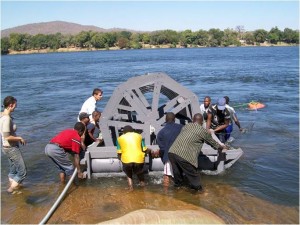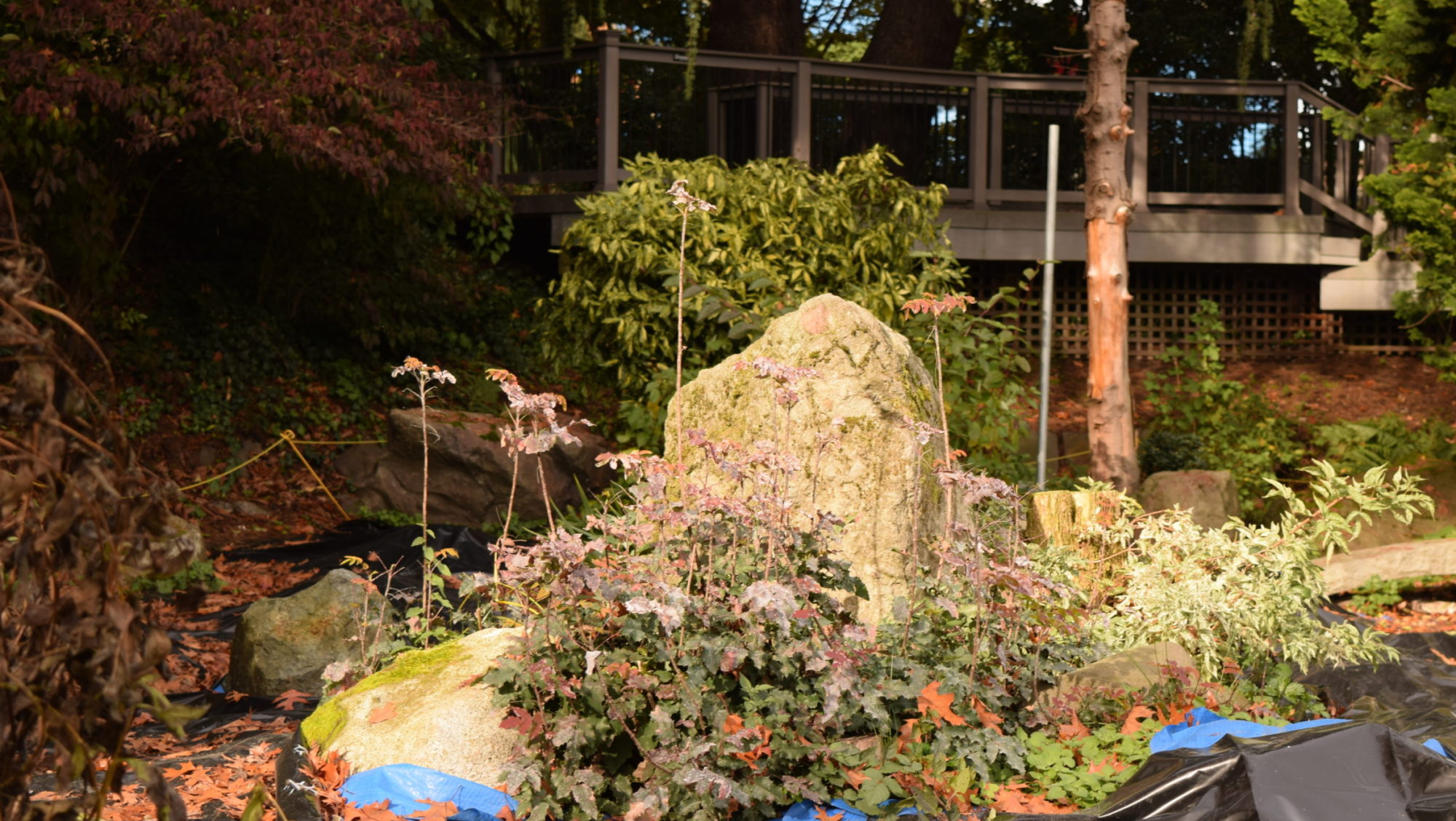Waterwheel Project
Chirundu, Zambia
In the summer of 2009, a Seattle University engineering team traveled to Chirundu, Zambia to implement their senior design projects. Theprojects were identified by Father Bert Otten, Emeritus Professor of Electrical and Computer Engineering who lives in Zambia. Chirundu is a town of approximately 7,000 people many of whom rely instead on the Zambezi River as the primary source of water for drinking, cooking, and washing clothes. During 2008, four people were killed by crocodile attacks while gathering water. On behalf of this community, the local parish priest, Father Michele Crugnola, asked Seattle University students to create a safe location away from the crocodiles where people can wash clothes, collect water, and gather socially.
cooking, and washing clothes. During 2008, four people were killed by crocodile attacks while gathering water. On behalf of this community, the local parish priest, Father Michele Crugnola, asked Seattle University students to create a safe location away from the crocodiles where people can wash clothes, collect water, and gather socially.
The student team (Meghan Reha BSME ’09, Faisal Mased BSME ’09, Sonya Milonova BSCE ’09 and Ian Tromble BSCE ’09) designed a waterwheel driven spiral pump which can be inexpensively constructed with local materials. Once installed, the pump produced 25 L per minute at a location 30 meters from shore and 10 meters above the river elevation. The water was pumped to 10,000 L storage tanks that fed three sets of newly constructed wash basins. A few days after the team left Chirundu, a large branch disengaged the waterwheel. Due to the simplicity of the spiral pump, local workers were able to make the necessary repairs and add a few improvements to the design.
The local enthusiasm for the pump has been tremendous, and there are plans for creating a micro-enterprise capable of replicating the pump design for more communities along the Zambezi. In addition, the team donated a chlorine generator to the local medical clinic so that chlorine can be used to disinfect drinking water at the household level. Based on the Centers for Disease Control’s safe water system (www.cdc.gov/safewater), the local production of chlorine could also lead to the development of a micro-enterprise.
Yet another potential enterprise involved the production of human powered generators. Led by Electrical and Computer Engineering Professor Henry Louie, the team of students (Theodora Rupp, ECE ‘09 and Eric Moroles ECE ’09) taught members of the community how to construct their hand-crank generator which was constructed with magnets that are commonly used to post to-do lists on refrigerator doors. The generator is intended to ‘trickle charge’ lead-acid batteries which can then be used to operate small appliances or charge cell phones.

